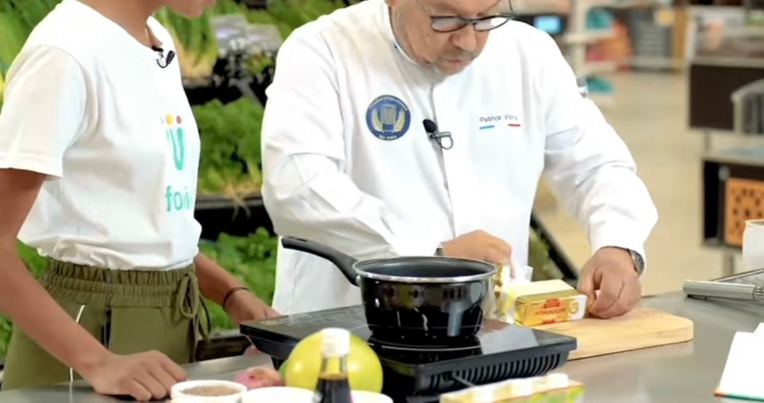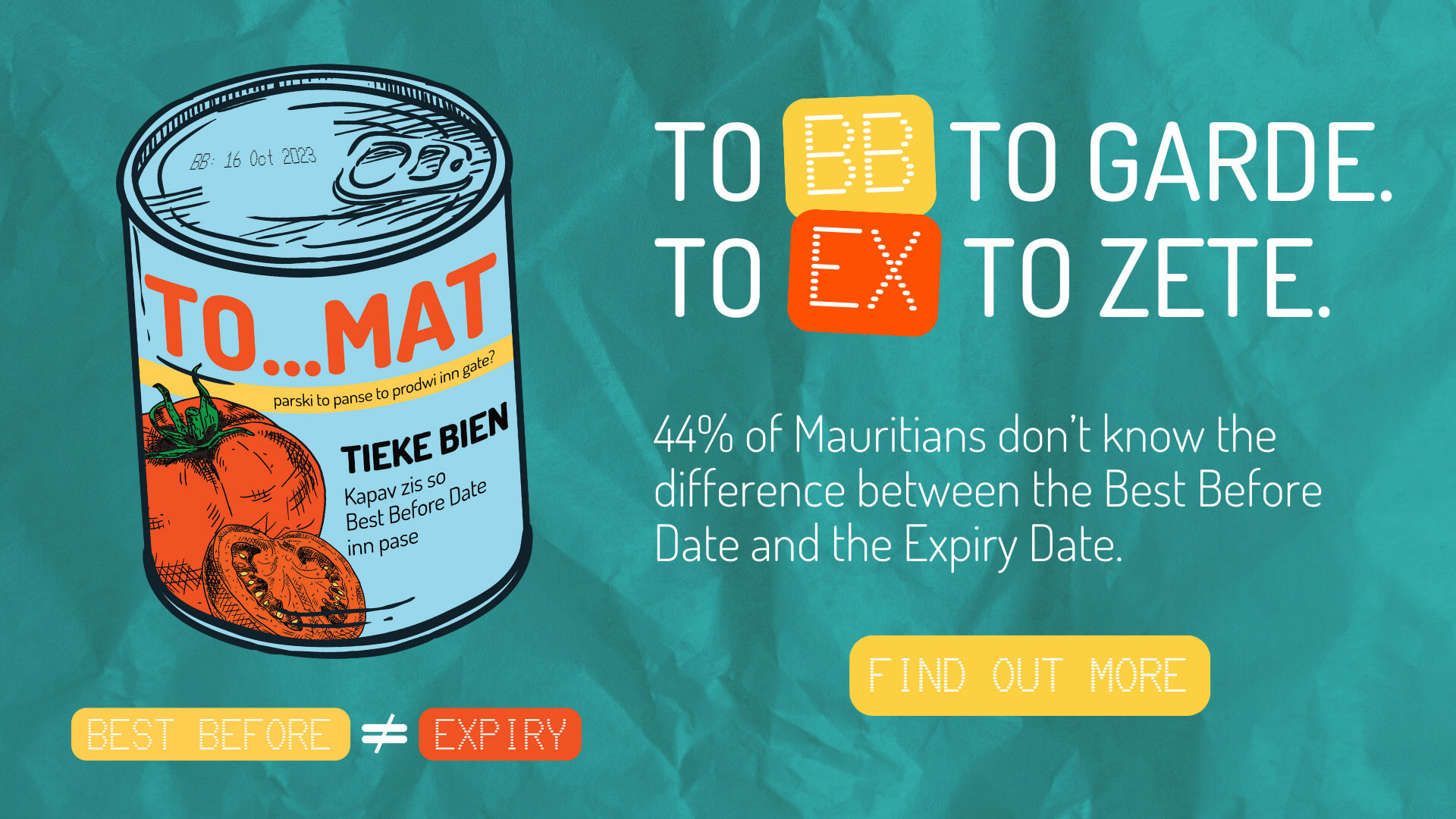Embracing Cooking with Food Products Past Their Best Days in Mauritius
Now, let's explore how we, in Mauritius, can embrace cooking with ingredients past their best-before dates. We've curated some recipe ideas to help you make the most of these ingredients while reducing food waste.
Have you ever come across a forgotten bunch of overly ripe bananas or a softening stash of oranges in your kitchen? Instead of tossing them out, Turn forgotten overripe fruits into delightful creations like smoothies, baked goods, and fruit compote.
Smoothies: Overripe fruits add natural sweetness and flavour to smoothies. Blend them with yoghurt, milk, and a handful of ice for a refreshing and nutritious treat.
Baking: Incorporate overripe bananas into banana bread, muffins, or pancakes. Their mushy texture and intense sweetness make them ideal for baking.
Fruit Compote: Simmer overripe fruits with a bit of sugar and water to create a delicious compote. Serve it over yoghurt, ice cream, or oatmeal.
Don't let stale bread go to waste. Transform it into croutons, breadcrumbs, or a hearty panzanella salad.
Croutons: Cube stale bread, toss it with olive oil and your favourite seasonings, and bake until crispy. These croutons make a great addition to salads and soups.
Breadcrumbs: Grind stale bread into breadcrumbs using a food processor. Use them for cutlets, coating meats, cheesecake or as a crunchy topping for gratin.
Panzanella Salad: Turn stale bread into a hearty Italian Panzanella salad. Mix it with fresh tomatoes, cucumbers, basil, and a tangy vinaigrette.
Get creative with ageing dairy products by using them in smooth and creamy sauces or as a delightful addition to various dishes.
Smooth and Creamy Sauces: Expired sour cream or yoghurt can be the base for creamy pasta sauces or salad dressings. Simply blend with your preferred herbs and seasonings.
Cheese Delights: Hard cheeses like cheddar, gouda, and Emmental, can often be saved by trimming away any mold or hardened areas. Grate or slice them for use in omelettes, sandwiches, or as a topping for baked dishes.
Use slightly wilted vegetables to whip up some hearty dishes, like comforting soups, stews, or stir-fries.
Soups and Stews: Wilted or slightly limp vegetables can be transformed into comforting soups and stews. Simply chop them up and simmer them in broth with your choice of protein and seasonings.
Stir-Fries: Give your veggies a new lease on life by stir-frying them with some protein and your favourite sauce. The high heat will revive their flavours.
Incorporate canned beans, tomatoes, or vegetables into dishes like chilli or casseroles for a convenient and delicious meal.
Chilli: Canned beans and tomatoes are essential ingredients for a delicious chilli. Add spices, ground meat or plant-based alternatives, and let it simmer for a flavorful meal.
Casseroles: Create comforting casseroles like lasagna or gratin by layering canned vegetables, proteins, and grains with some cheese and seasoning.




